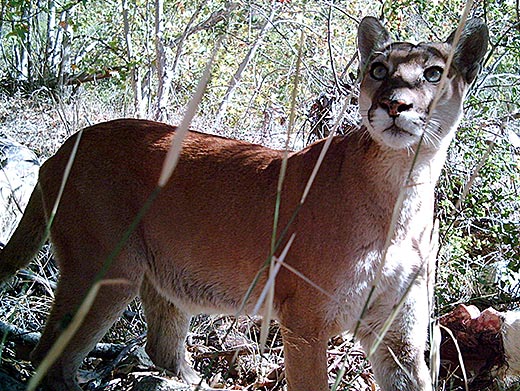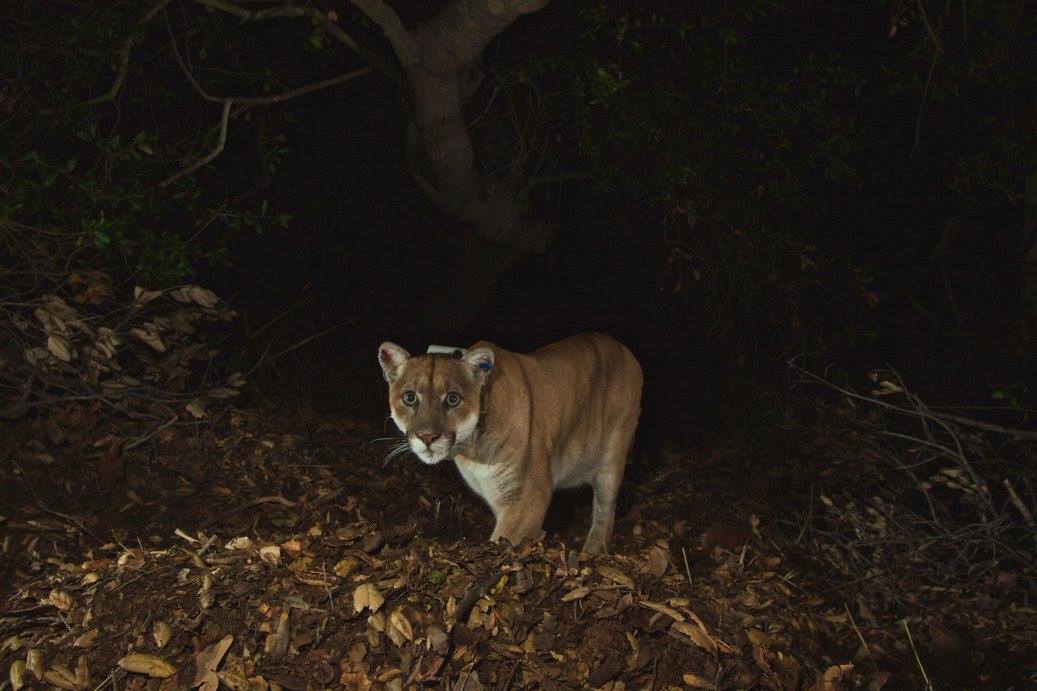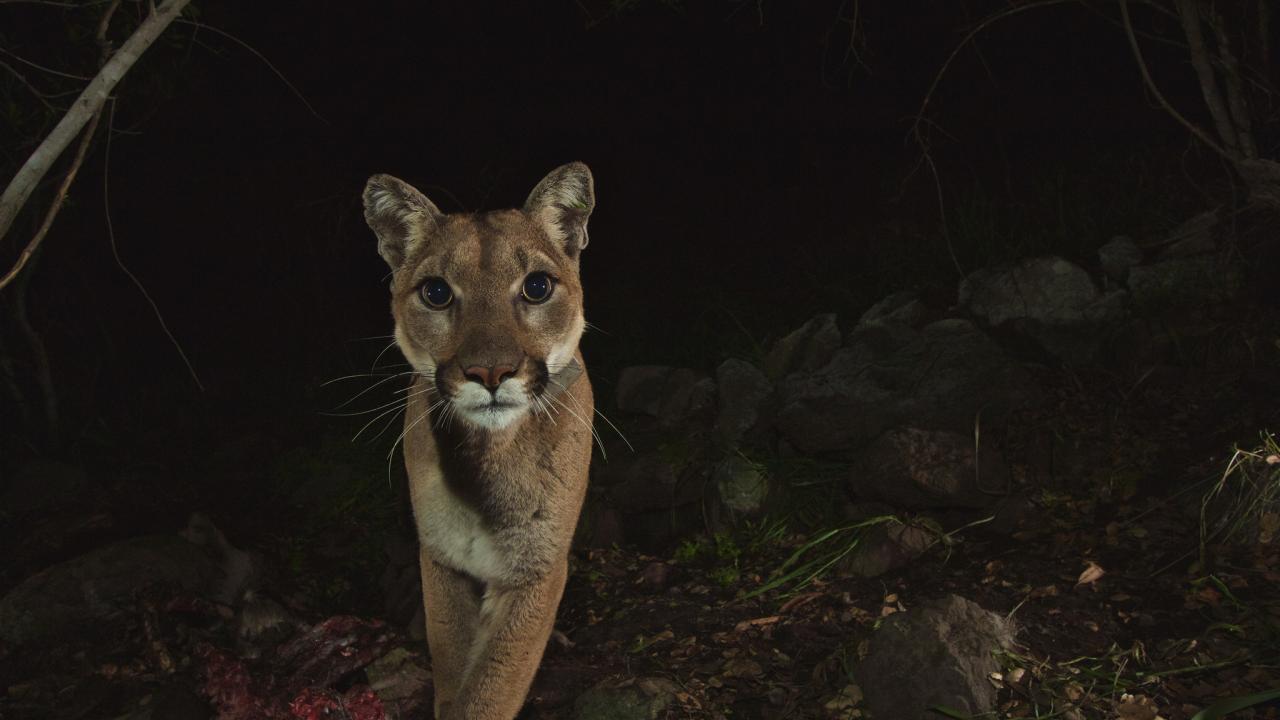Mountain lions are protected from hunting in California by a law passed by popular vote in 1990. However, a team of researchers working across the state found that human-caused mortality — primarily involving conflict with humans over livestock and collisions with vehicles — was more common than natural death for this protected large carnivore.
The study, published today (March 20) in the Proceedings of the National Academy of Sciences, was led by the University of Nebraska-Lincoln, along with a broad team of coauthoring California researchers, including from the University of California, Davis.
Most research on mountain lions is conducted at relatively small scales, which limits understanding of mortality caused by humans across the large areas they roam. To address this, scientists from multiple universities, government agencies and private organizations teamed up to better understand human-caused mortality for mountain lions across the entire state of California.

Learn more about how UC Davis research is helping to protect mountain lions.
The team tracked almost 600 mountain lions in 23 different study areas, including the Sierra Nevada, the northern redwoods, wine country north of San Francisco, the city of Los Angeles and many other areas of the state.
“Population dynamics of large carnivores operate at large scales, making it critical for researchers to collaborate across broad geographic regions that go beyond typical study areas to better understand population processes and connectivity” said co-lead author John Benson, associate professor at the University of Nebraska-Lincoln.
Human mindset an important driver
Benson and his colleagues found that mountain lions were at greater risk of mortality from humans when they were closer to rural development. They also found that mountain lions were less likely to die in areas where there were higher proportions of voters in favor of pro-environmental initiatives.
“Ecologists believe that human tolerance is critical to conserving large carnivores in landscapes shared with humans,” Benson said. “However, it is rare that data on tolerance are included in the models we use to understand mortality risk. Of course, we acknowledge that voting records on environmental issues are not a direct reflection of this tolerance, but the strength of this result suggests that human mindset may be an important driver of mortality risk for mountain lions.”
A long-standing question in wildlife management is whether human-caused mortality of animals adds to natural mortality, resulting in higher overall death. Managers often assume that some animals in wild populations exist as a “doomed surplus” that will die of natural causes if humans do not kill them first. If so, human-caused mortality should have minimal effects.
However, the new study showed that populations of mountain lions in California experiencing greater human-caused mortality also had lower population-level survival rates, suggesting that humans do indeed increase overall mortality.
Understanding interrelationships
Concerns about reduced landscape connectivity and local extinction of small, isolated populations in portions of the Central Coast and Southern California led to the current consideration of mountain lions as a possible “threatened” species under the California Endangered Species Act in those regions.
In contrast, large tracts of natural habitat in undeveloped public lands in the Sierra Nevada and Northern California are occupied by large, healthy populations of mountain lions.
The new research highlights the importance of understanding interrelationships between different populations across the state for long-term conservation of the species throughout California.

“Young male mountain lions often move and breed long distances from where they were born, meaning they are largely responsible for maintaining gene flow between populations,” said study co-lead author Kyle Dougherty, a Ph.D. student at the University of Nebraska-Lincoln. “Immigration of mountain lions from adjacent or more distant populations can also help compensate for high rates of human-caused mortality and maintain population persistence through a process known as ‘source-sink’ dynamics.”
This study paves the way for a better understanding of source-sink dynamics.
“We tend to focus on survival of adult females because of their strong influence on growth or decline of individual populations,” said co-author Justin Dellinger, a carnivore biologist formerly at UC Davis. “However, young males are the ones that move between populations such that their mortality, combined with barriers to movement imposed by roads and development, could limit the ability of seemingly healthy populations to act as ‘sources’ of new animals and genes for small, isolated populations.”
The research provides survival rates that will allow researchers to create population models that also consider reproduction and movement between populations — an important next step to more fully evaluating mountain lion population dynamics in California.
Additional co-authoring institutions: UC Santa Cruz, California Department of Fish and Wildlife, National Park Service, Institute for Wildlife Studies, Audubon Canyon Ranch, True Wild, Victoria University of Wellington, Integral Ecology Research Center, Hoopa Tribal Council and the Center for Large Landscape Conservation.
Media Resources
Media Contacts:
- John Benson, University of Nebraska-Lincoln, 617-455-1347, jbenson22@unl.edu
- Kat Kerlin, UC Davis News and Media Relations, 530-750-9195, kekerlin@ucdavis.edu
